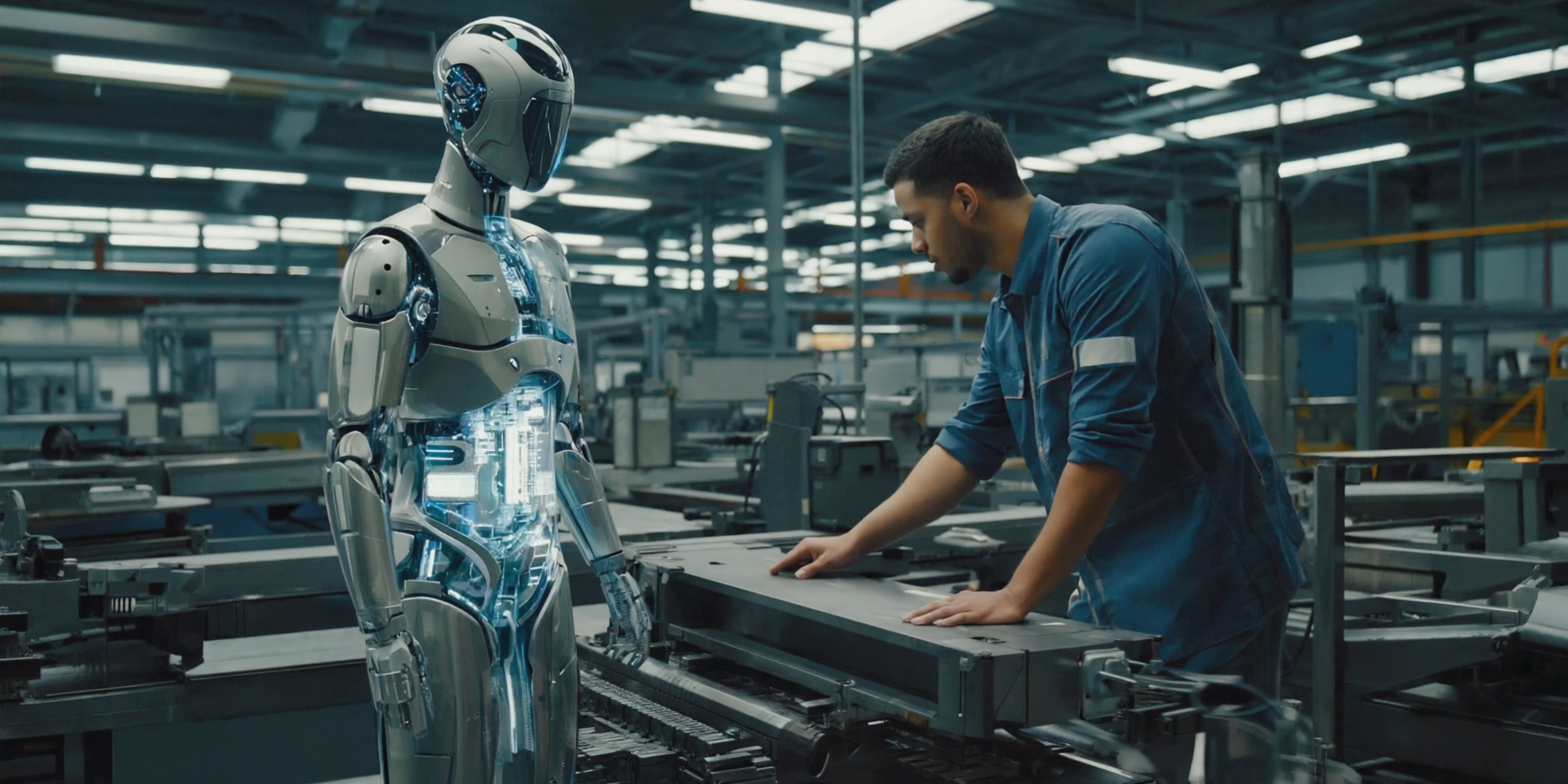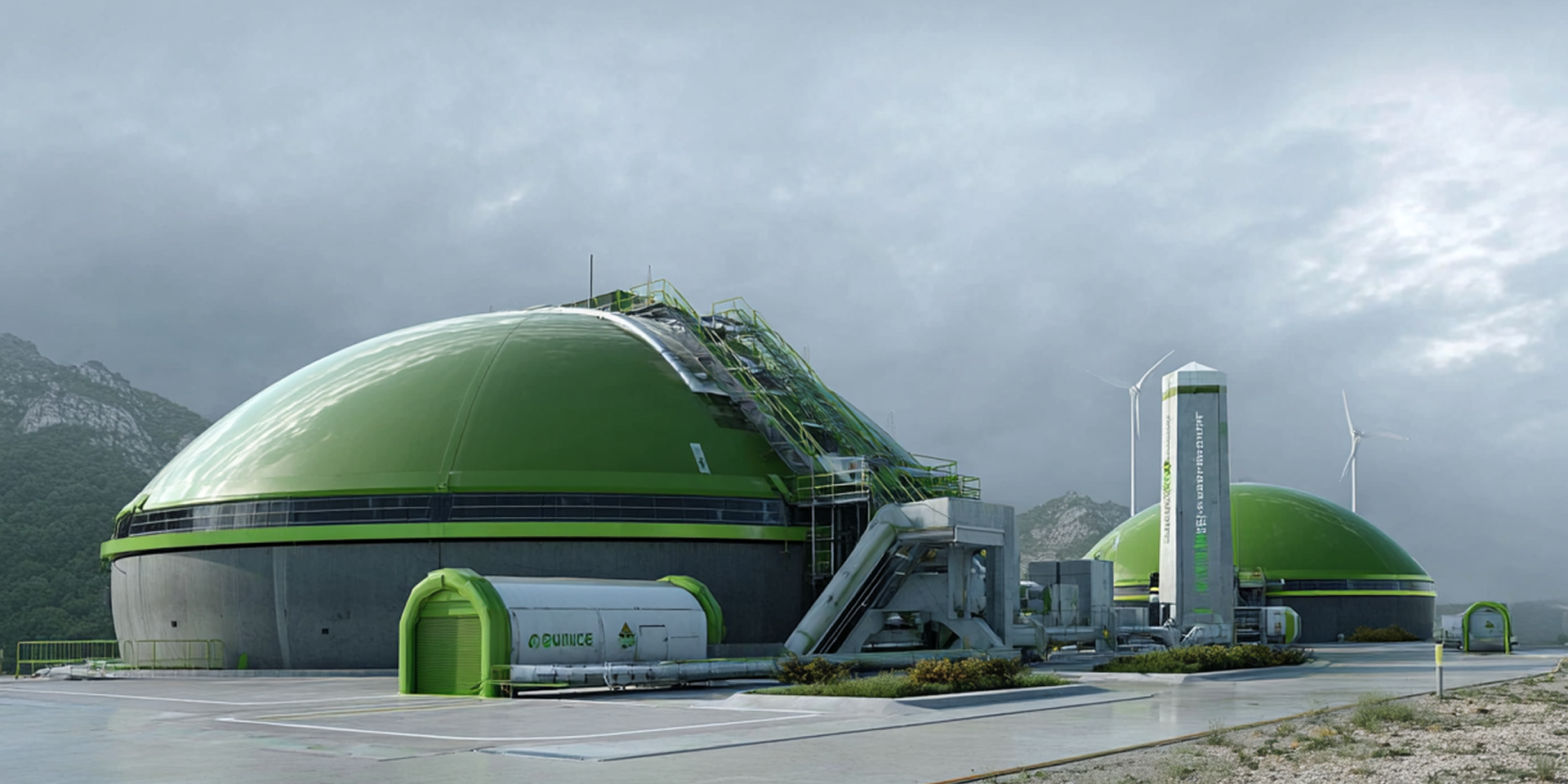Try to imagine a future where rain, instead of being just a weather phenomenon, becomes an inexhaustible source of clean energy. We’re not talking about science fiction, but an innovative reality developed by a group of researchers at the National University of Singapore. These researchers have shown that raindrops can light up to 12 LEDs, paving the way for a completely new method of producing electricity in cities.
The secret in the falling rain
This groundbreaking discovery centers on the phenomenon of charge separation, which is based on the principle that when two different materials come into contact, their surfaces can exchange electrical charges. Until now, harnessing this phenomenon with moving water has been inefficient, especially with small volumes.
The Singaporean team, led by Siowling Soh, found the solution to overcome water’s physical limitations through the use of plug flow. By conceiving this concept, they created a system that transforms falling water into a sequence of small columns of water interspersed with air pockets.
Water is dropped from a certain height, exiting a metallic needle that turns it into rain-like droplets. These droplets are then directed into the opening of a vertical polymer tube, approximately 32 centimeters tall and 2 millimeters wide.
At the tube’s entrance, the impact of the droplets generates the plug flow.
As these “mini-columns” of water slide along the tube’s conductive inner walls, the charge separation is exponentially amplified. Electrical wires strategically placed at the top of the tube and in the collection container below intercept the generated energy. The final result achieved during the experiment was the lighting of 12 LEDs for 20 consecutive seconds.
Unlimited potential for urban areas
The true strength of this technology lies in its versatility and its potential for urban environments. Unlike large hydroelectric power plants, which require imposing infrastructures and depend on the presence of rivers or large basins, the plug flow system can operate with small volumes of water and in limited spaces. The rooftops of homes and buildings could transform into small power plants every time it rains.
Tests have shown that the system is incredibly efficient, converting over 10% of the water’s potential energy into electricity, even with droplet speeds lower than those of actual rain. For these reasons, it’s possible to consider that the potential of this invention is even greater when factoring in more intense weather conditions.
With its simplicity of construction, low maintenance, and absence of environmental impact, this invention from Singapore could represent one of the keys to a more sustainable and decentralized energy future. A future where clean energy isn’t a privilege for a few, but a free and accessible resource straight from the sky.






